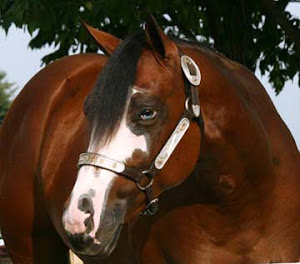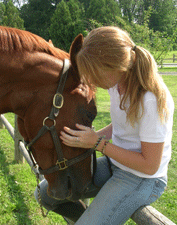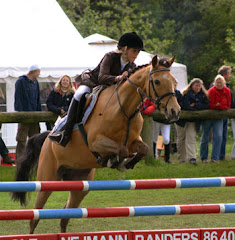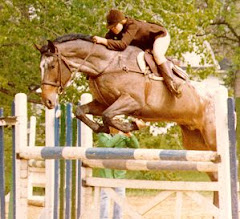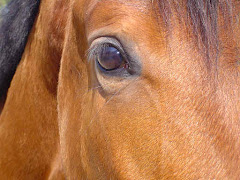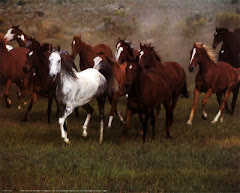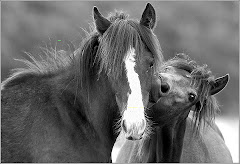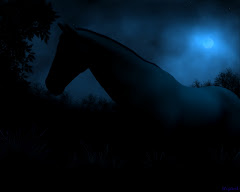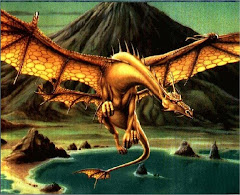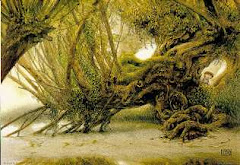I had never been to the Seattle art Museum, so when I was greeted by the pungent smell of paint and the vivid flashing of six precariously suspended cars, I was in awe. I had stopped in the first gallery that caught my eye, in which an intricate porcelain figure pointed a quizzical finger toward her deity in the sky. Marveling, I dreamily walked around the large room where a knight’s suit, effigy of a mouse, and black canvas greeted my curious eyes. Eager for more, I walked down a ubiquitously lighted hall where paintings of all genres hung to the neighboring walls, including an eccentric canvas of a moose on a pink background, and a beautiful piece in which the creator incorporated a 2d painting with a 3d ladder.
As I walked further on, my interest increasing exponentially, I got to the George De Forest Brush exhibit. The first painting I saw was of Dr. Silvester Gardiner in 1772. The immense detail to value and composition blew my mind away, and the mood and character of the man was caught perfectly in that space and time. I had almost felt like I was in the room with Gardiner as he stared back at me rather mockingly. I walked to the opposite partition to an oil on canvas of the Puget Sound. The climate and geography of the painting reminded me of Whidbey Island, allowing me to make a connection to the stunning piece. There was many more Oil on Canvas paintings, the main attraction being the life and ritual of Native American Indians. The Indian paintings gave me an inconceivable feeling that I was one of them, walking around in their moccasins to tend to hunting, cooking, or telling ancient legends by a scorching fire. There was one canvas painting called “The Weaver” 1889, in which a dedicated Indian weaved in the confined space of a diminutive hut. The detail was amazing, including the change of value and color while combining all the elements. The painting itself was an unfathomable sight laid out before me, a whole attitude and world caught within the tiny limits of a brittle wooden frame. It looked like someone had walked into the hut of one of these pious humans, and out of amazement and appeal, took a photo. Although all of these pieces lured me to ponder their nature, one I was particularly drawn to the most was The Moose Chase, 1888 by George Brush.
Sunday, July 26, 2009
Subscribe to:
Posts (Atom)






